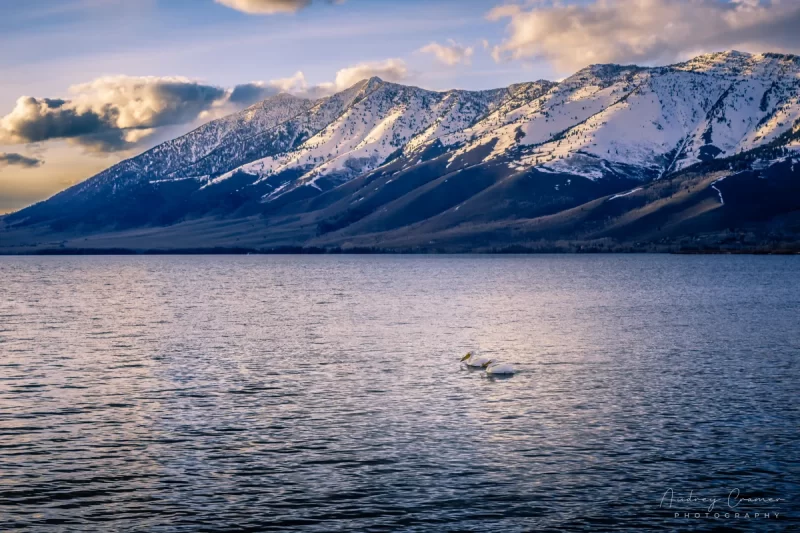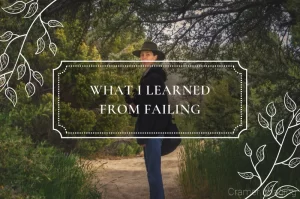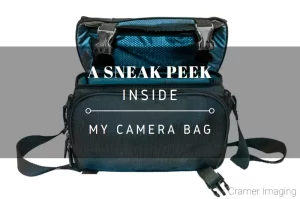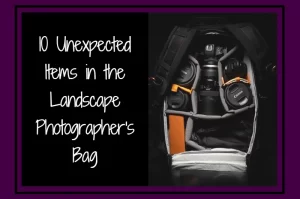Everyone loves those shots of wildlife. The closer you can get to the animal, the better the shot usually is. There is a fine line, however, between taking a wildlife photograph and disturbing the animals in their natural habitat. Since lots of people seem to be blurring or crossing that line lately, it seems like a good time to refresh the rules. So, let’s discuss how to respect wildlife in the field.
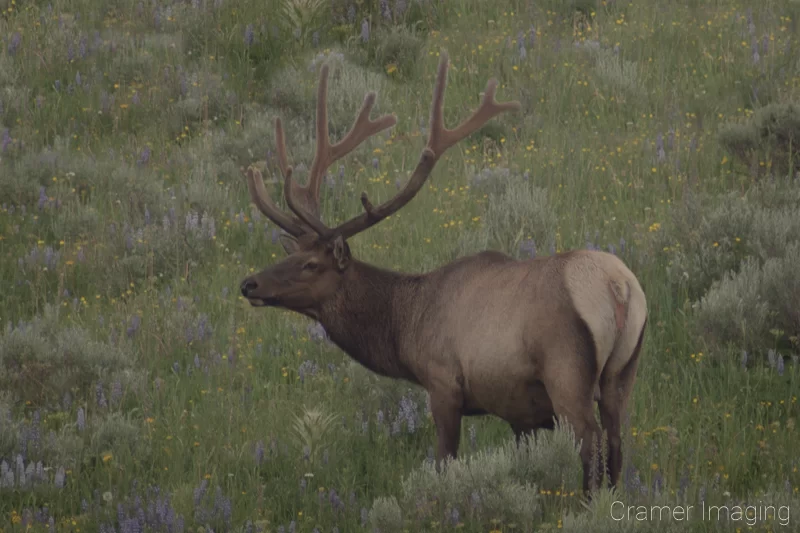
Do Not Approach or Handle Wild Animals
You don’t want strangers to approach or touch you. These wild animals want to be left alone too. Many animals carry communicable diseases which you do not want to pick up such as rabies. Others, such as certain snakes, carry venom which could kill you if not treated quickly.
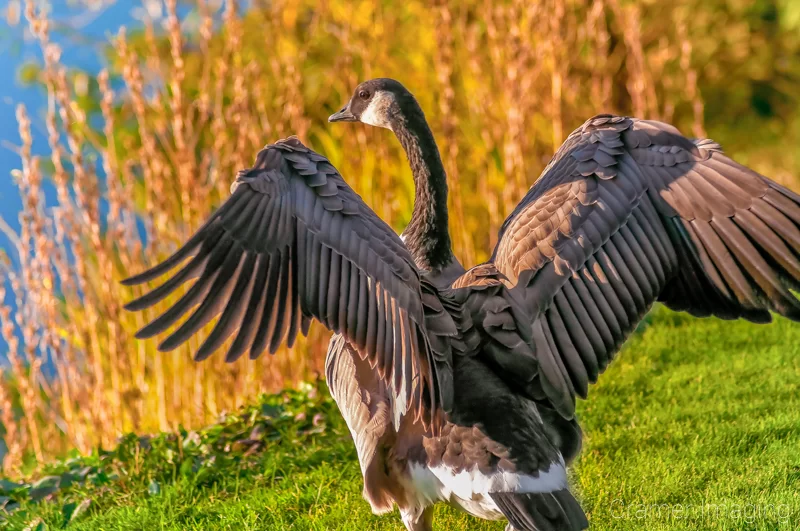
Also, many people somehow acquired the idea that some of the large mammals, like bison, are harmless and will try to get selfies of themselves petting these wild animals. Many people received brutal injuries and almost died because the large animal is saying “leave me alone.” Sadly, those attacks are so forceful that human bones broke and flesh impaled. This is with the animal NOT trying to kill you.
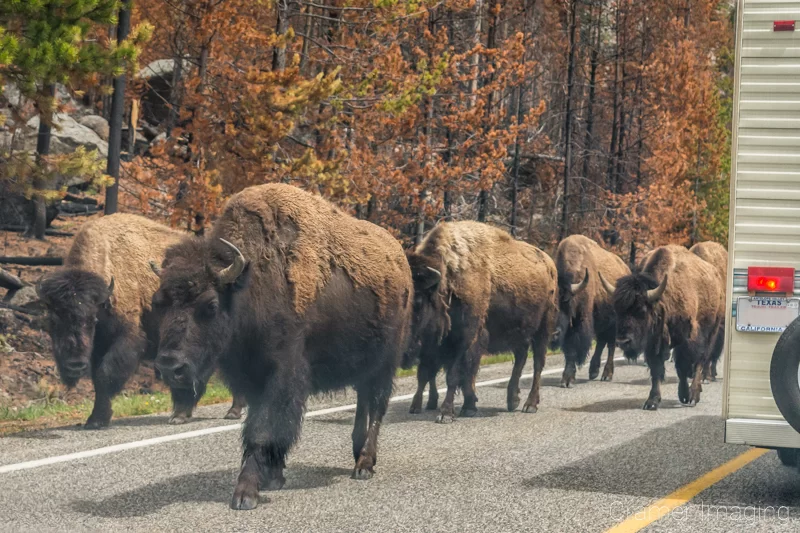
Wild animals are considered dangerous and unpredictable for a reason. Do not tempt fate just to get a cool photo to impress people with. The photo might not turn out anyways, but it certainly won’t turn out well with you flying through the air with a hole gushing blood in your side thanks to an annoyed buffalo.
Do Not Disturb Animal Babies or Nests
You don’t like the idea of people going in and messing with your children and doing things with them that you do not approve of. You see a danger to your offspring there. So do these animals. They can’t tell the difference between someone who just wants a cool photo and someone with far more sinister intentions. There is a line between enjoying nature and wildlife and animals perceiving you as hunting their little ones. Maintain that line of respect with the wildlife.
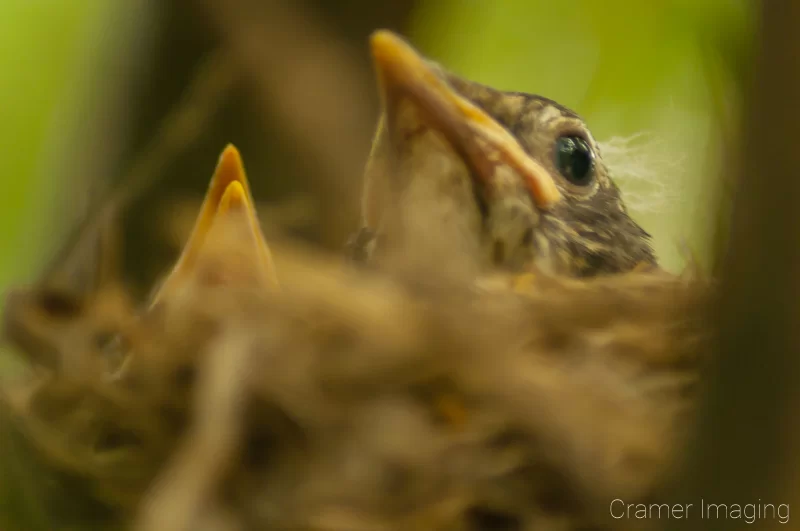
I used my telephoto lens to capture this shot of robin babies in the nest. Despite my distance, I still had some extremely unhappy parents hanging around. They made sure I knew it too.
I managed to not cross the line as they didn’t attack me. However, I knew I was dangerously close though. As soon as I was done, I got out of there fast and left them alone. They returned to their nest but kept a close eye on me.
If you cross that line, you will find swift justice handed out by upset and ferocious parents. You will deserve it too. Maintain your respectful distance from any animal’s young. The larger mammals, such as bears, are the real concerns to look out for. Displeased parents have the power to kill you when merely trying to ward you off. Respect the wildlife.
Recently, some tourists got the idea that a baby bison was cold, so they loaded it in their van. The animal was not cold. When park rangers tried to reunite the baby with its mother, the mother rejected it thanks to the smell of humans on it. Because of this, the baby bison was put down. It’s not just your own life which can be on the line if you mess with the wild animals.
Keep You Pets Under Control
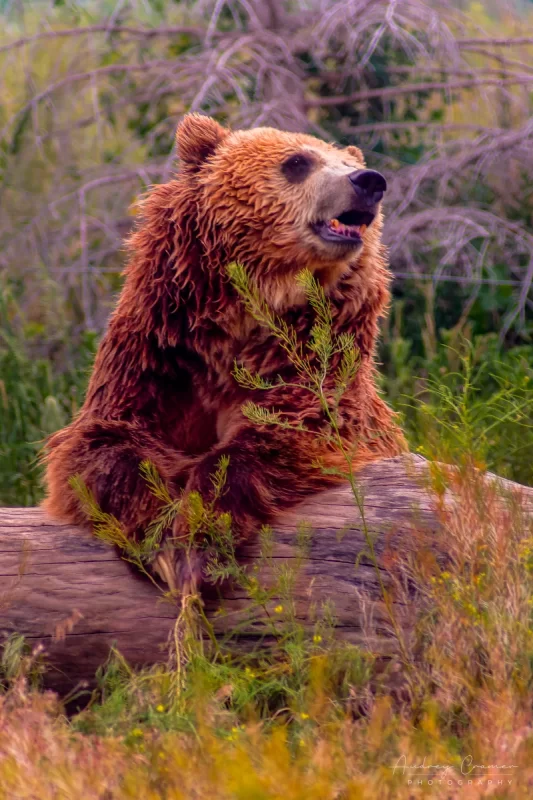
If you have a dog, you probably like to take your pet with you when you go on an outing. There is nothing that most dogs like more than taking an outdoor excursion with you. The problem comes when you run into some wild animals with your beloved pet. Dogs often won’t respect wildlife without human intervention.
Most dogs were bred to be hunting dogs for some kind of quarry. Smaller dogs often like to chase animals like foxes and other small prey. Larger dogs want to chase larger targets like deer. This is because they were bred to do just that. Many dogs not bred specifically for hunting enjoy hunting and chasing as well. Hunting makes them happy but so does pleasing their master.
Make sure to train your dog not to go chasing the wild animals or keep your pet on a leash. If neither option will prevent your dog from harassing and chasing away the wildlife (perhaps permanently), then don’t bring your dog with you. You don’t want to risk your dog’s life if it annoys the wrong wild animal. Also, you don’t want the consequences of your dog killing wildlife. Those consequences will add up can be costly in total.
Hunt Appropriately
Hunting is a popular sport around this part of the country. It helps keep the wild grazing animal populations in check, so they don’t all starve to death with nothing to eat thanks to their own overgrazing. You must follow certain rules and regulations which when out hunting.
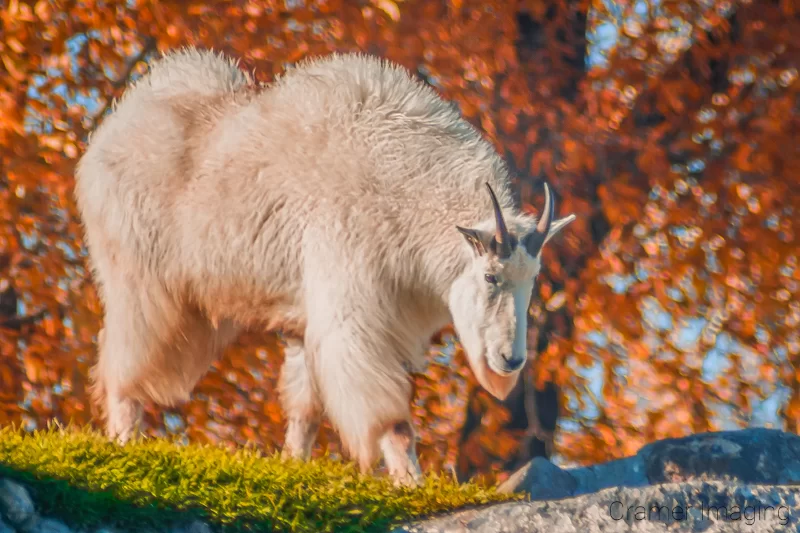
Make sure that you have your hunting license for the appropriate area along with a tag for the animal you intend to kill. Make sure that you are only hunting during open season for that animal. No hunting deer out of deer hunting season, for example. Follow all local regulations for hunting such as not hunting near the roads or in areas closed for the year and make sure you pay attention to animal gender. You won’t often receive permission to hunt females and almost never receive permission to hunt the young.
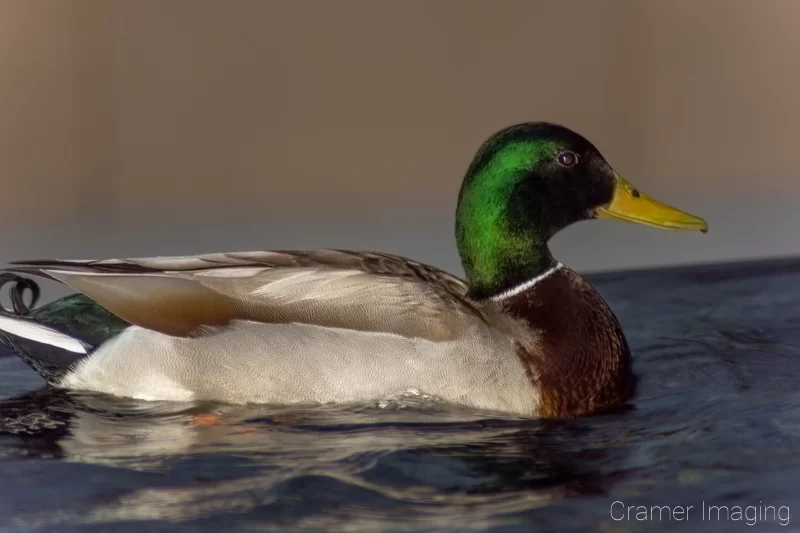
Don’t decide to set up a long-term camp near sources of food as you will drive all the animal populations away from the area and they might not return. This will be a problem for hunting in future years.
Conclusion
Respecting wildlife in the field is a very important part of outdoor ethics. In fact, it’s one of the 7 points of Leave No Trace. (Check out more about Leave No Trace in this article here.) Of all the points discussed there, this particular point is probably the one which will save the most lives with the possible exception of proper fire-handling displacing it. The life you save by leaving the wildlife alone could be your own. Make sure you respect wildlife in the field.
Enjoy the rest of your summer and make sure that it is at a safe distance from the wild animals.

